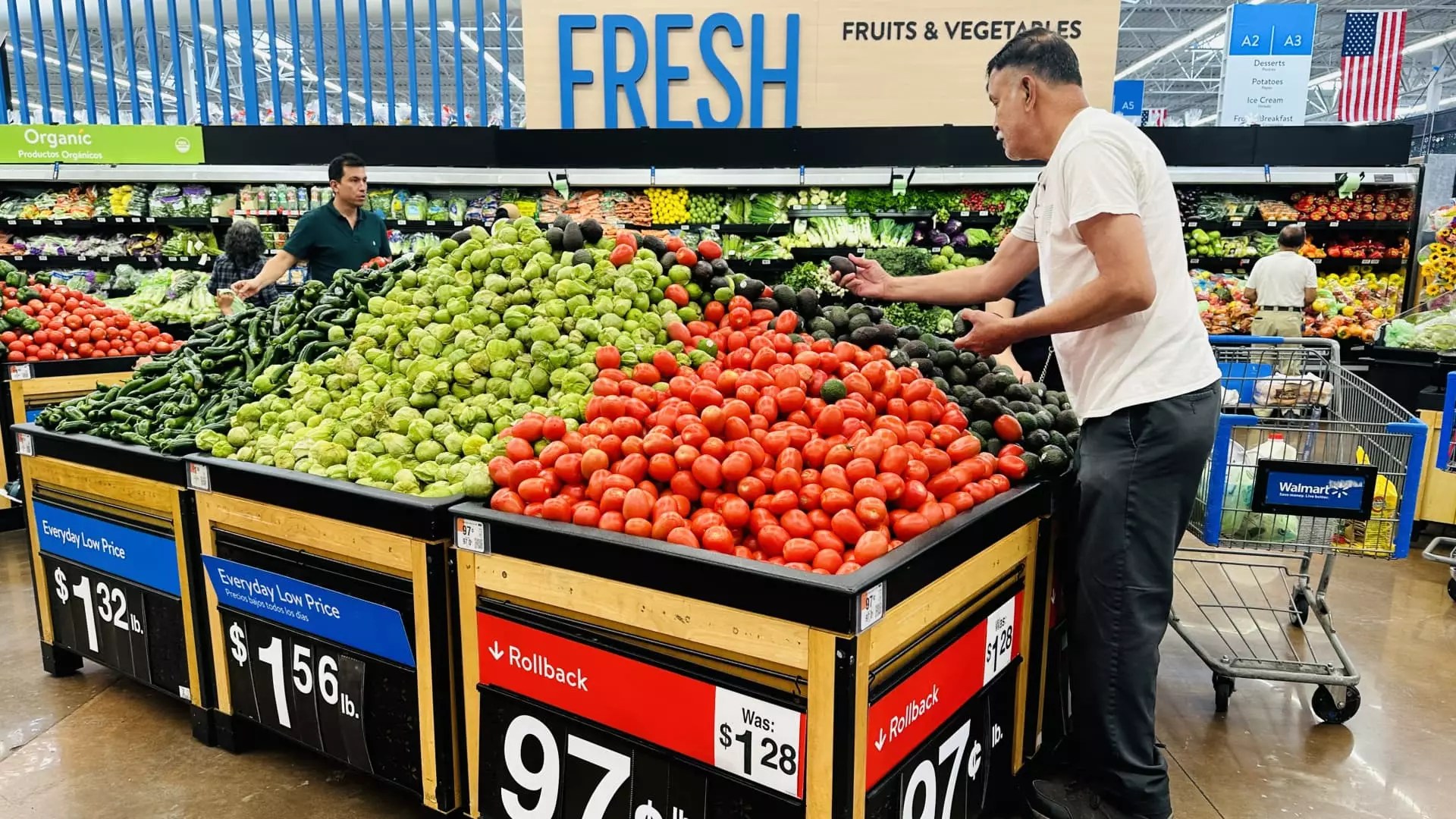In an economy fraught with uncertainty, an alarming trend has emerged where nearly half of American consumers are resorting to Buy Now, Pay Later (BNPL) loans for their everyday purchases, including essential items like groceries. Recent data shows that a significant portion of respondents—25%, to be exact—have started using these loans to buy groceries, a stark jump from previous years. This situation begs the question: what has prompted Americans to utilize financing options for necessities? It appears that persistent inflation, soaring interest rates, and a general sense of economic dread are compelling people to seek financial relief in increasingly risky ways.
The decision to embrace BNPL loans could potentially reflect deeper issues at play. As these financial products become more commonplace, it seems that a growing number of consumers are reaching a breaking point in their budget management. The notion that one can merely split expenses into smaller, more manageable payments has an alluring appeal, especially in a climate where every dollar counts. However, this allure comes with a catch—68% of BNPL users reported having multiple loans simultaneously. The consequences of financial overreach may not only disrupt monthly budgets but can also invite significant financial strain through late payment fees and mounting debts.
Consumer Behavior: A Reflection of Economic Pressures
The fact that 41% of BNPL users reported making late payments within the past year is nothing short of alarming. While analysts may stop short of labeling this trend as a recession indicator, it’s hard to ignore the underlying message: many consumers are feeling the pressure of economic instability. With 60% of respondents using BNPL loans multiple times, it’s evident that people are stretching their finances in ways that could lead to a vicious cycle of debt. Particularly, the rise of late payments—up from 34% last year—illustrates that individuals are not only living paycheck to paycheck but are also increasingly uncertain about their financial futures.
That’s where Matt Schulz, Lending Tree’s chief consumer finance analyst, raised a significant concern. While he acknowledges the usefulness of BNPL loans as a means of managing short-term cash flow issues, he does not shy away from warning consumers about the inherent risks associated with mismanaging these loans. “Caution is key,” he emphasizes, reflecting a responsible viewpoint that is often overshadowed by the immediacy of financial solutions.
The Cultural Shift Toward Instant Gratification
It is disheartening to see that even in the realm of discretionary spending, such as concerts and entertainment, Americans are leaning heavily on BNPL loans. For instance, a striking revelation that 60% of Coachella attendees funded their tickets through these loans sparked conversations about the broader cultural implications of this financial behavior. We find ourselves at a crossroads between enjoying life experiences and responsible financial management. This trend is not only indicative of individual financial decisions but also symbolizes a societal shift towards instant gratification, often at the expense of long-term stability.
Even platforms like DoorDash entering the BNPL space further illustrate the normalization of financing even the most trivial expenditures. Financing food deliveries is a concerning signal that many consumers are struggling to balance their budgets effectively. Is it really practical to enter a BNPL agreement for a burrito? Such decisions might suggest that people are prioritizing convenience over fiscal responsibility, a mindset that could prove detrimental as economic conditions continue to deteriorate.
The Need for Financial Literacy
Consequently, the onus falls on consumers to become more educated about their financial decisions. The flexibility that BNPL loans offer can be tempting, but the potential pitfalls are real and should not be dismissed. It’s crucial for consumers to understand the implications of borrowing money, even under seemingly harmless conditions. Encouraging financial literacy among young people—and, indeed, all consumers—can empower them to make informed decisions that protect their financial futures.
While it’s easy to criticize the frustrations of financial management in a demanding economy, there is an urgent need for awareness and education around the risks of entering into debt without careful consideration. As we navigate these tumultuous financial waters, let us advocate for responsible borrowing and educated decision-making to safeguard ourselves against the pitfalls of our own financial choices. Ultimately, while BNPL can provide short-term relief, it shouldn’t serve as a crutch in the quest for economic stability.


Leave a Reply